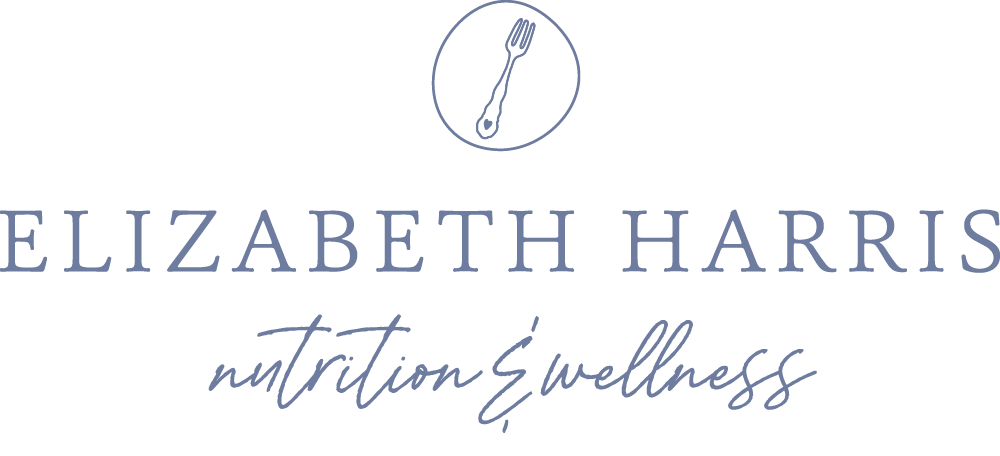12 Protein Toppers for Salads
When my daughter was in preschool, she brought home one of those fill-in-the-blank “all about my mom” poems that the teacher helped her put together as a cute Mother’s day gift. For favorite food, she said “salad.”
It’s not really my favorite food (it’s hard to play favorites but, if pressed, I’d have to go with my mom’s ravioli and meatballs and dark chocolate peanut butter cups, with homemade chocolate chip cookies a close runner up!), but my daughter did know me well because I DO really like salad.
However, lately I’ve been a bit lazy about making them. So, this week, I’m committing to eat more salads for lunch.
I’m making them more exciting with some quick, homemade dressings that I store in the fridge; and I’m keeping them easy by choosing bagged salad kits or sticking with just 4 or 5 simple ingredients. One current combo I’m enjoying is arugula, goat cheese, baby cucumbers, pomegranate seeds, and Trader Joe’s roasted, slivered almonds.
I’m also mindful to add protein to my salads because protein is a satiating nutrient—no one wants to eat lunch and feel hungry an hour later!
Sometimes people tell me they struggle with protein options, so here are 12 simple protein ideas to up the nutrient density of your salads (some are plant-based and some aren’t so there’s something for everyone!):
1. Canned tuna or salmon
2. Beans (such as black beans, kidney beans, or chickpeas)
3. Edamame
4. Sliced turkey or ham from the deli counter
5. Nuts and seeds (for example, pumpkin, sunflower, chia)
6. Leftover chicken, turkey, shrimp, lean steak, or fish
7. Frozen veggie, tuna, salmon, or turkey burgers (cooked of course)
8. Hemp seeds
9. Falafel (I buy these frozen or grab them from the prepared deli counter sometimes)
10. Hard boiled eggs
11. Leftover taco meat
12. Tofu chunks
If I don't have any grains on my salad, I often try to add some crunchy crackers, tortilla chips, or toast on the side because the carbs help make a salad lunch more satisfying! Which means you'll be less likely to eat past the point of comfort or to go searching for snacks when you're not actually hungry.
